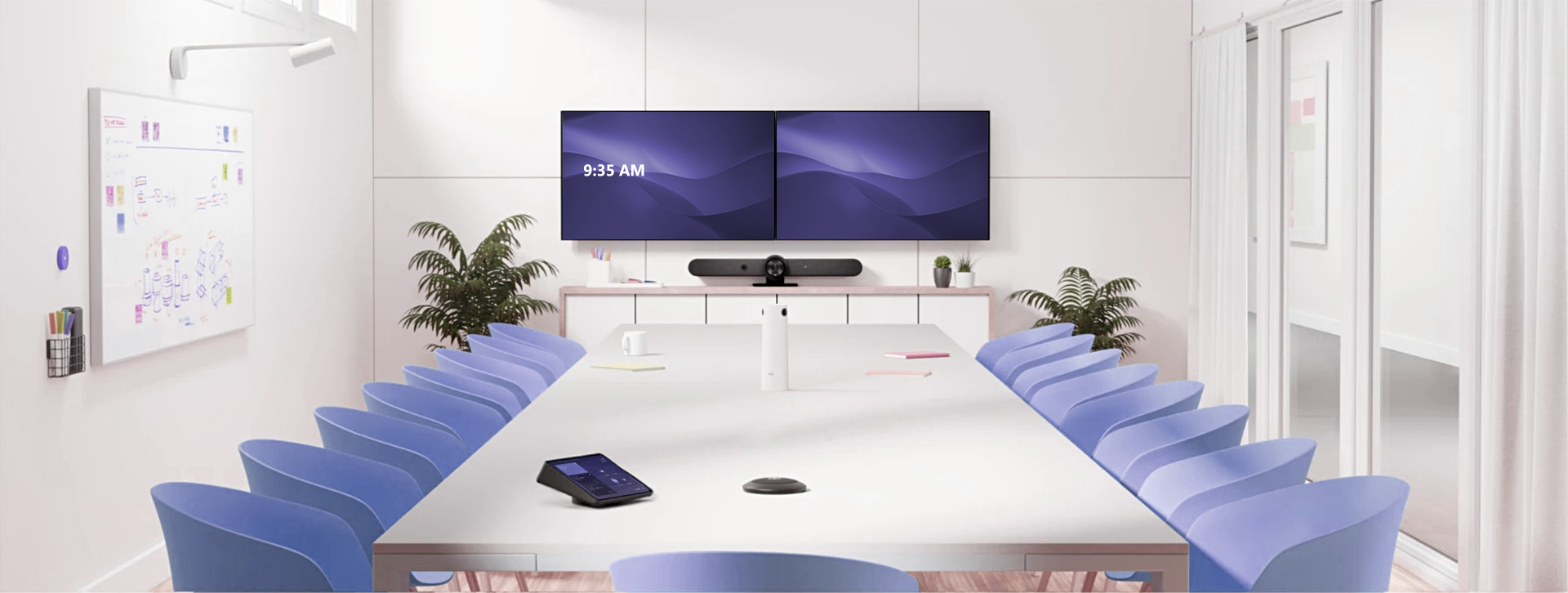In the light of global warming, there is a growing need for enterprises to build sustainable workplaces, and AV or audio-visual technologies can help realize that.
AV designers and integrators help specify unique, sustainable products for use in the corporate, retail, education, and even public sector. They provide suitable recommendations on the lighting, control systems, speakers, display solutions, and interactives.
A definite criterion is adhered to for keeping the installed equipment (speakers, soundbars, AV receivers, audio amplifiers, digital screens, etc.) within the recommended power consumption rating. This includes criteria such as activating sleep mode during inactivity, watt consumption and meeting the efficiency standards.
For instance, installing devices with an auto standby mode that automatically power down when a particular time threshold is met or audio amplifiers that produce less heat, etc., boost energy efficiency.
Here’s more on how AV can help drive sustainability.
Going Beyond Just Electricity Savings
The type of savings on energy involves much more than electricity. For instance, the amplifiers that use PFC or power factor correction ensure that power entering a system comprises real power with little wastage into heat. Hence, this does away with the need for intensive cooling systems. Favourably, there are more examples where AV solutions drive sustainability across industries.
Leveraging Digital Signage
Almost six gallons of water is needed to help with the manufacturing of a “pound of paper.” And an employee utilizes “10,000 sheets of paper” annually. This is not just to save costs but also to help reduce their carbon footprints. As digital signage becomes a crucial component of digital transformation, AV designers and integrators are using digital signage to promote the “going paperless” program.
Besides, it has long been established that flat screens could save up to 60% of electricity. Switching to LED screens further reduces energy consumption. Therefore, from saving water to avoiding deforestation and ultimately reducing energy consumption, digital signage is a great way to help enterprises achieve their sustainability goals.
Powering Collaboration Through Virtual Whiteboards
To realize a sustainable workplace, enterprises need to encourage collaboration between employees. This may be tricky as employees are spread across different places. Hence, there is a need for the use of suitable collaboration solutions.
A virtual whiteboard, for instance, is a collaborative digital space that helps distributed teams stay connected. From giving real-time online inputs (writing) to sharing digital content, virtual whiteboards help employees work together seamlessly. This helps save money, support the remote workforce, eliminate documentation, and boost productivity.
Automation Abilities for Power Conservation
Energy conservation is a significant step towards reducing carbon footprint across any space. In several cases, video content, lighting, call systems, audio, and various interactive pieces are kept on at full power. This can increase costs and result in energy waste.
Thus, during the design planning stage, automation should be the primary consideration rather than an afterthought. Some automation opportunities include:
- Power sequencing usage for turning off devices. This capability ensures that all devices have been turned off and there is no energy wastage.
- Automatic adjustments in smart lighting. This will depend on how the space is used with respect to lower or brighter lighting, etc.
Some Important Considerations
Choosing Eco-Solutions
Enterprises choosing premium solutions that come with inbuilt energy savings can benefit significantly in the prolonged run. If the appliances are designed to be energy efficient, it further decreases the overall ownership costs.
Centralized Control
A centralized control mechanism for AV solutions also helps tremendously in energy conservation. This is facilitated via automated systems that centrally control the technology utilized across a space. In this manner, the energy output can be easily controlled more efficiently than what was possible a few years ago.
The Human Aspect
The human aspects of space should be considered, especially when it comes to corporate spaces. AV integrators, for instance, can provide better-optimized solutions for conferencing remotely and the delivery of work. This also ensures lesser energy wastage on-site and lesser carbon emissions.
Choosing the Right Partner
It is crucial to select an AV integrator company that is as invested in environmental awareness as the organization itself. To that end, an ideal AV integrator:
- Goes the extra mile rather than just ticking off a few boxes in the sustainability checklist
- Ensures that installations are compliant with environment-specific regulations and promote the education of energy savings
- Provides consultations on going “green” while keeping in line with the requirement of the flexible workplaces
- Ensures that the design of your corporate spaces accommodates efficient power consumption as per square foot of wattage.
- Offers innovative AV solutions that provide a mix of functionality and design.
- Provides ongoing support throughout the design process for high-performance AV implementation
At Resurgent, a leading AV integrator, sustainability is a prime focus. We approach each project with a holistic approach, delivering tailored solutions that address compliance, business goals and energy savings. Our in-depth research and understanding of enterprise IT infrastructure, as well as extensive experience in AV design/build and integration, ensure that our clients achieve their sustainability goals.
Book a free consultation today!



